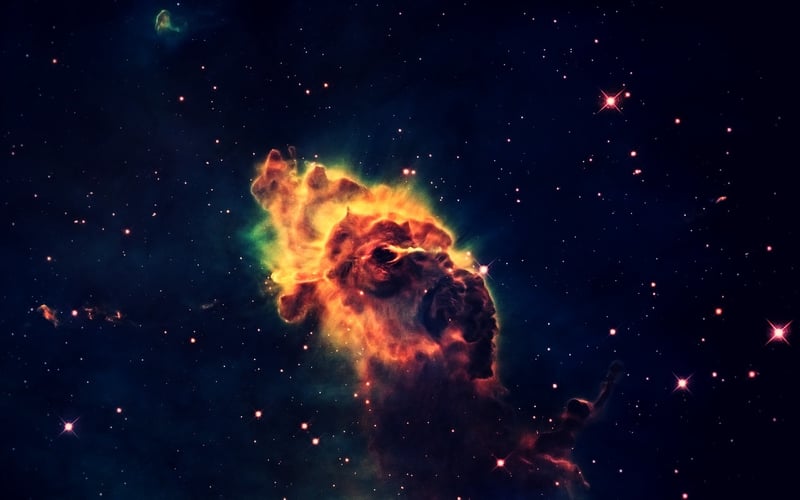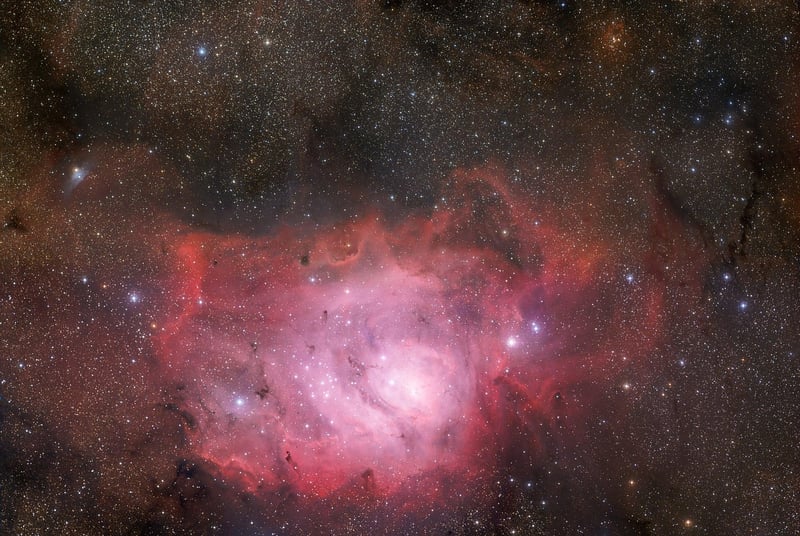Nebula Formations
Awe-Inspiring Events: Exploring Nebula Formations
When it comes to the wonders of the universe, few celestial events can match the breathtaking beauty of nebula formations. These vast clouds of dust, hydrogen, helium, and other ionized gases are the birthplaces of stars and planets, offering a glimpse into the cosmic ballet of creation and destruction.
What are Nebula Formations?
Nebulae are enormous clouds of gas and dust spread throughout the galaxies. They come in various shapes, sizes, and colors, with each type offering unique insights into the processes shaping our universe. Some nebulae are the remnants of supernova explosions, while others are stellar nurseries where new stars are born.
Types of Nebulae
There are several main types of nebulae:
- HII Regions: These are areas of ionized hydrogen gas where new stars are formed.
- Planetary Nebulae: The remnants of stars that have shed their outer layers as they near the end of their life cycle.
- Dark Nebulae: These dense clouds of dust obscure the light from objects behind them, creating striking silhouettes against the backdrop of space.
- Supernova Remnants: The remnants of massive stars that have exploded in spectacular fashion, scattering their elements across the cosmos.
Notable Nebulae in the Universe
Some of the most famous nebulae in our galaxy and beyond include:
- Orion Nebula: Located in the Orion constellation, this is one of the brightest nebulae visible to the naked eye.
- Helix Nebula: Also known as the "Eye of God," this planetary nebula displays intricate gas patterns.
- Crab Nebula: The remnant of a supernova observed by Chinese astronomers in 1054 AD.
- Eagle Nebula: Famous for the "Pillars of Creation," as captured by the Hubble Space Telescope.
Exploring Nebulae
Thanks to advancements in technology, astronomers can study nebulae in great detail using telescopes and spacecraft. Images captured by instruments like the Hubble Space Telescope have provided us with stunning views of these cosmic wonders, inspiring awe and wonder in people around the world.

Whether you're a seasoned astronomer or simply someone who marvels at the beauty of the universe, exploring nebula formations can be a truly awe-inspiring experience. So next time you gaze up at the night sky, remember that hidden among the stars are these magnificent clouds of gas and dust, waiting to reveal their secrets to those who dare to look.
Get ready to embark on a journey through the cosmos and witness the wonders of nebulae, where the mysteries of the universe unfold before your eyes.
